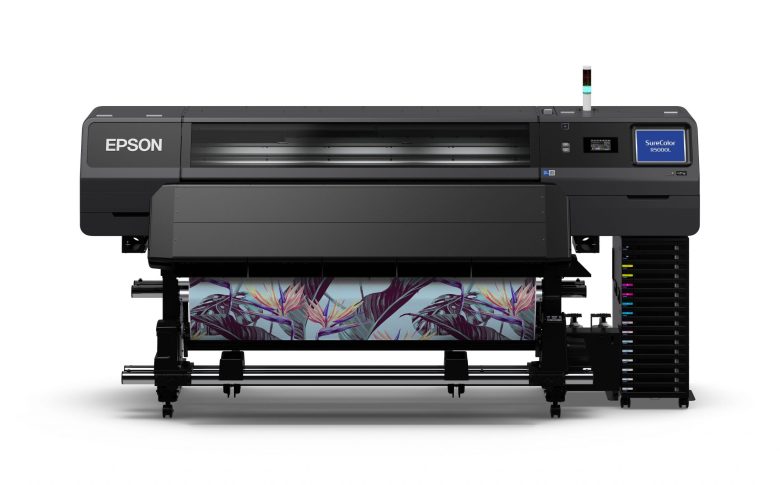
As more and more printing moves away from laser-based solutions, Epson has committed to inkjet solutions powered by its PrecisionCore technology as the future of printing for large format and industrial applications, as well as for the home, enterprise and office.
Epson Australia general manager of marketing Bruce Bealby said the move away from laser-based solutions is due to their excessive cost, waste and energy usage.
“Epson’s inkjet printing technology is increasingly the technology of choice in many areas and most recently in enterprise and office printing environments. As we all know there are always many variations on a theme as far as technology is concerned and inkjet technology is no different,” he said.
“Epson has seen continued and consistent growth in our enterprise and office Heat-Free inkjet solutions powered by our unique PrecisionCore technology and have committed to it, globally, as the future of office printing.”
Epson’s PrecisionCore inkjet solutions are scalable and so can be used across the board from entry level office printers right up to industrial large format printers and enterprise office printers.
Epson PrecisionCore printers use fewer moving parts than traditional laser technology to drive down production and service costs. In addition, the solutions feature high-yield inks and low running costs.
“It’s also worth noting that not only can Epson PrecisionCore enterprise and office printers provide businesses with a more affordable option for high-speed, high-volume printing but they are also the ideal replacement for toner-based, energy-hungry laser printers,” Bealby said.
As far as the environment is concerned, Epson’s Heat-Free Technology uses far less power than comparable laser printers. This point is currently being highlighted by Epson and National Geographic in their Global “Turn Down the Heat” campaign.
Professor Katey Walter Anthony is an Arctic researcher and National Geographic Explorer, and her work has helped to reveal that Arctic lakes are emitting five times more methane than previously thought.
To make copies of maps and data from her field research, Walter Anthony uses Epson’s inkjet printers and finds that the Heat-Free Technology saves as much as 94 per cent of the energy used by comparable traditional laser printers. They also don’t require heat to warm up like laser printers.
“Heat destroys permafrost and when we choose to use heat free technology, we lower our energy consumption which helps to reduce greenhouse gas emissions and slows permafrost thaw. The environmental burden from manufacturing and recycling spare parts is also reduced, as Heat-Free Technology uses fewer consumables and parts that need replacing,” Walter Anthony said.
Bealby added that as much of the industrialised world strives to reach net-zero emissions by 2050, these innate energy savings brought by Heat-Free technology can greatly reduce the environmental footprint of printing solutions.
“The feedback we consistently get from the market is that inkjet technology continues to be the dominant technology in many areas including large format, commercial, and industrial; however, as far as Epson and our customers are concerned it also continues to excel and significantly grow in popularity in the enterprise and office spaces,” he said.
“Not all inkjet-based technologies are created equal but those that have the right balance between, reliability, efficiency, sustainability and lower cost will be a force to be reckoned with for many years to come.”
Comment below to have your say on this story.
If you have a news story or tip-off, get in touch at editorial@sprinter.com.au.
Sign up to the Sprinter newsletter
